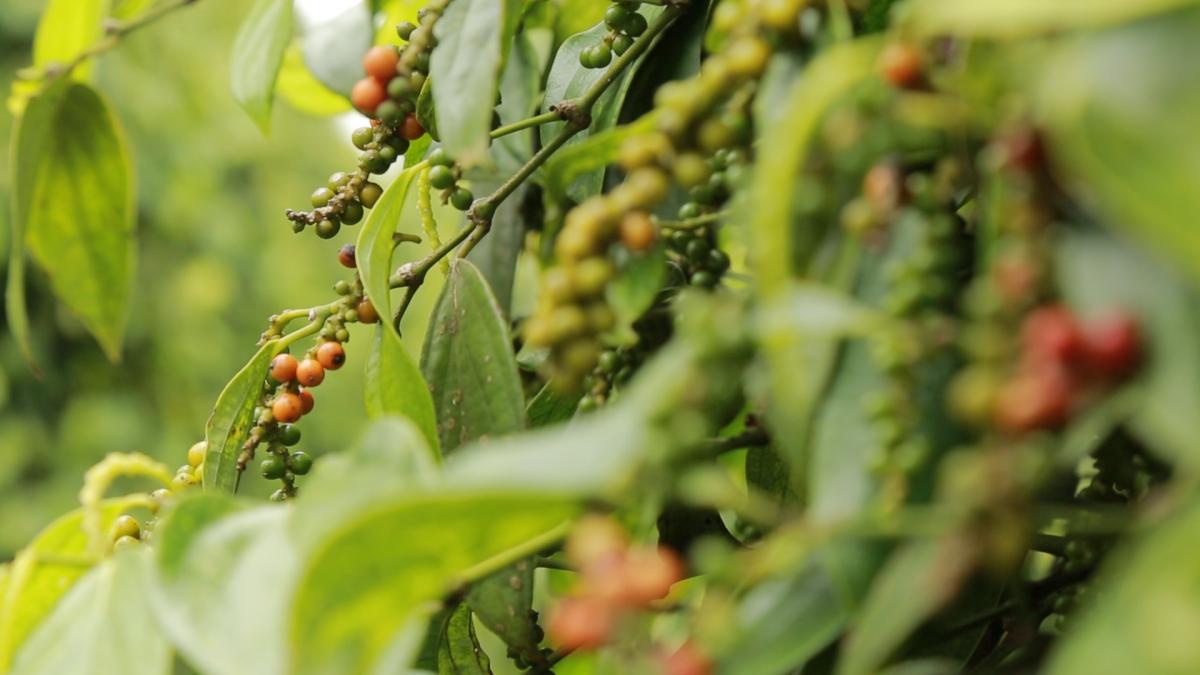HCMC – Vietnam’s pepper exports reached over US$1.26 billion in the first nine months of 2025, up 27.6% in value despite a 6.9% drop in volume year-on-year, according to the Vietnam Pepper and Spice Association (VPSA).
In September alone, the country exported 20,487 tons of pepper worth US$136.3 million, down 4.6% in volume and 2.5% in value compared to August. However, the figures represented year-on-year increases of 19.5% and 23.2%, respectively, the Vietnam News Agency reported.
Export prices continued to rise, with black pepper averaging US$6,490 per ton, up 2.4% month-on-month, and white pepper fetching US$8,679 per ton, up 1.4%. On the global market, Indonesia’s Lampung black pepper climbed nearly 3% to US$7,225 per ton, while Vietnamese pepper prices remained stable at US$6,600–6,800 per ton.
From January to September, Vietnam exported 186,997 tons of pepper, earning US$1.26 billion. Average export prices increased sharply year-on-year, with black pepper up US$1,795 to US$6,647 per ton and white pepper up US$2,254 to US$8,716 per ton.
The U.S. remained Vietnam’s largest pepper buyer, accounting for 21.4% of total exports, though shipments fell 30.4% year-on-year to 39,979 tons. Meanwhile, exports to China surged 73.3% to 15,353 tons, capturing 8.2% of the market.
Vietnam also imported pepper for processing and re-export. In the first nine months, pepper imports totaled 36,112 tons worth US$225.7 million, up 51.9% in volume and 121.1% in value. Brazil was the largest supplier with 17,835 tons, doubling last year’s figure, followed by Cambodia and Indonesia.
Apart from pepper, cinnamon continued to be a bright spot for Vietnam’s spice industry. Cinnamon exports reached 90,478 tons worth US$228.3 million during the nine-month period, up 30.5% in volume and 17.5% in value. India was the top buyer, accounting for 39% of total shipments, followed by the U.S. (11%) and Bangladesh (7.3%).
VPSA urged local exporters to closely monitor global price fluctuations, optimize domestic and imported raw materials, and expand value-added processing. Diversifying export markets, particularly emerging ones, is seen as key to reducing dependence on traditional markets and strengthening the sector’s resilience to global volatility.









